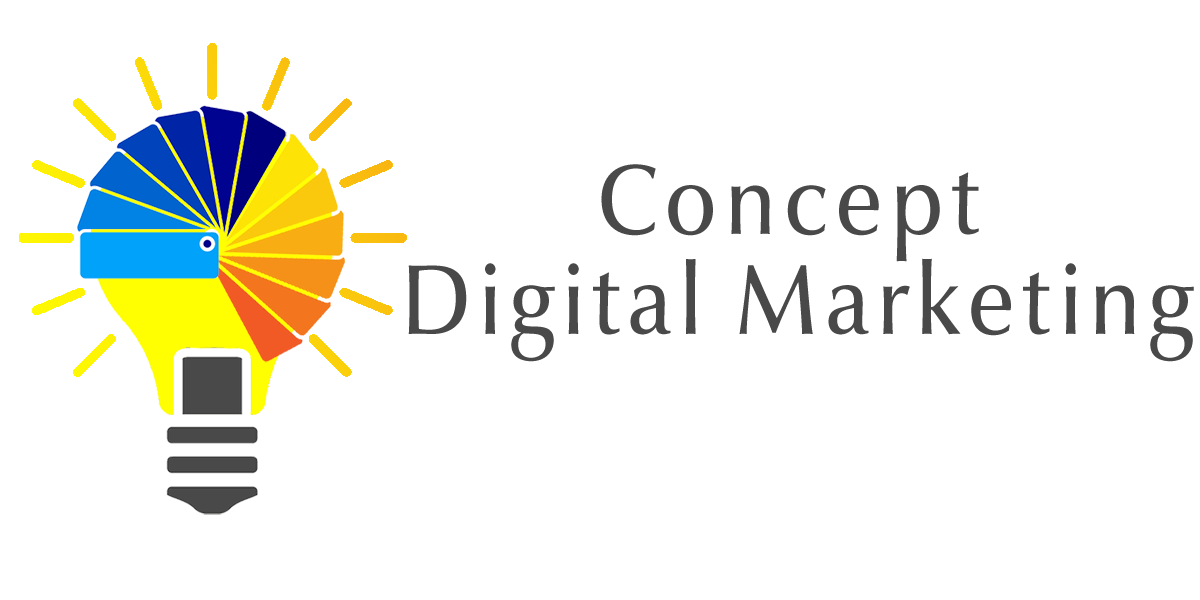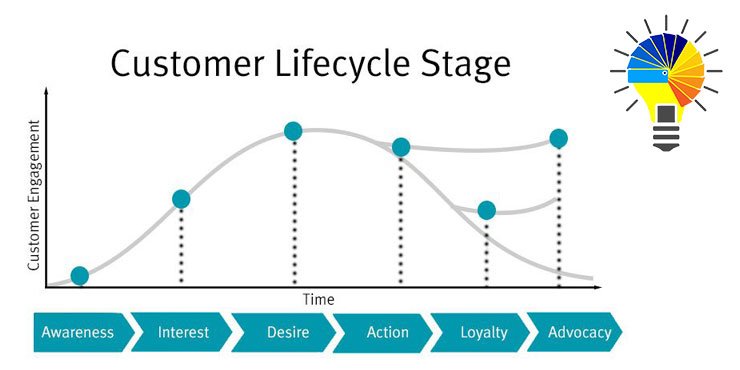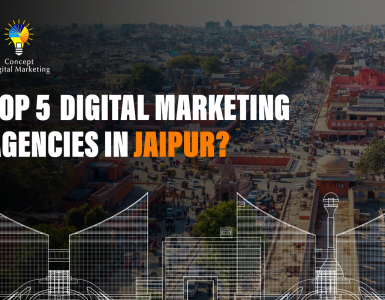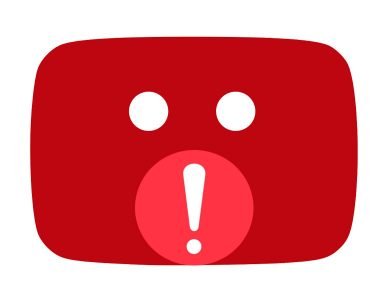Customer Lifecycle is essential for every digital marketer to design his digital marketing plan to achieve minor and ultimate goals.
When you are promoting a new brand or product line or targeting a new market segment. You need to know about your customer well and segment them as per their lifecycle stage. This will help you to design your digital marketing campaign well.
Engaging with the prospects with the right message at the right time and through the right medium to get them to the next stage in the buying process is essential to have optimized and successful digital marketing planning.
The Customer Lifecycle Stages are the following, and now we will discuss them one by one.
- Awareness
- Interest
- Desire
- Action
- Loyalty
- Advocacy
Awareness
In this stage of the buying process, customers are not aware of your product offerings. They don’t consider your business as a brand because he has not used or heard about your product and your company, and right now, he may or may not required the product and services.
Let’s understand this by an example. An electronic company has newly launched its TV with advanced features and wants to promote this.
Here, the main objective is not just to sell but to aware target customers about the product and its features, so your paid campaign, pre-launch campaigns, launch campaigns, and after launch campaigns should be more focused to reach target customers and aware them of the product and its feature.
Here your customers or prospects are more interested in knowing about the product and its features. one may not desire to buy your product but know about it.
Interest:
In this stage of the buying cycle, a customer wants to know your product or service well.
As a digital marketer, you need to identify such customers interested in knowing your product and learn more about it. This number will be lesser than the people you aware of the product.
Interested customers on digital platforms engage with the creatives. They want to learn more about them by click data (Email and Ad campaigns), engagement with the posts, landing page visits, and by other ways, you can identify such interested customers. And sort them as per their interest and serve them to get them closers to buy.
In our above example, a digital marketer has created a landing page for customers to know more about the product and learn its features. A piece of code by Google (Remarketing tag) and Facebook (Facebook Pixels), email marketing click identification, and other social platforms tag can be integrated to remarketing such customers to enhance their interest and convert it into desire.
Desire:
In this stage of CLC, customers have decided to buy the product, but he has two-three options with him, and he compares the best suitable product or service for him.
Now the customer desires to buy, and he starts comparisons on digital platforms like video, search engines, reviewers & influencers, etc. Digital marketers must consider what feature or service is unique among the other competitors. It can be after-sales service, any advanced feature, quality or sturdiness, price, and any other outstanding, not in competitors’ offerings.
As a digital marketer, you can hire YouTubers or Facebook or Instagram influencers of your product category, tie-up with famous bloggers, and customers’ testimonials. Hence, customers start thinking about taking action.
In our example, We will focus on special discounts and competitive pricing with the advanced features that are not available in this price range. Now we can also hire some influencers to unbox and review our product.
Action:
Here customers take action and buy the product. It would help if you made the purchasing process easy to check out and quickly confirm the purchase.
In this stage, a customer decides to buy the product, but sometimes he put the product in the cart and doesn’t check out. Such people must be given some extra discount to checkout.
As a digital marketer, you can design an abandon cart discount or appeal to get the customer in.
In our example, you can get aks customer to checkout to buy the TV or ask him to fill in the details (lead) to book the TV.
Loyalty:
This stage comes after the product purchase; a customer becomes loyal to a brand and purchases products repeatedly from the same brand.
Here digital marketers run special loyalty programs and connect customers through SMS and email to give special discounts and other benefits to attract them to shop more.
Here in our example of TV, the company will send SMS and email to its customers to give them loyalty benefits. Because selling them is 80% easier than selling new customers.
Advocacy:
Advocacy is the stage of CLC where customers see a brand as a trusted brand, and they suggest the brand name to their relatives, friends, and family member and ask them to purchase the products of the brand.
As a digital marketer, you can run the affiliate program and give them credits or commission. You can also ask them to provide some video bites so you can convince new prospects and build trust in their mind.
In our example, because the TV has been launched recently, we can not take the video bites about the product, but we can make them after some time. We can run some affiliate programs to get new customers with the help of our brand advocates.
Here we suggest you plan and design your campaigns by focusing on the customer’s lifecycle stages to get more effective and fruitful digital marketing planning.
If you have any questions, you can email us at info@conceptdigitalmarketing.com.















Add comment